Over the weekend of July 12 and 13, parishioners of the Church of the Risen Christ were led through a spiritual and ecological reflection on the Canticle of the Creatures by Friar Marvin Voo, OFM. The talks, delivered in both Bahasa Malaysia and English, were warmly received and served as an invitation to rediscover a cornerstone of Franciscan spirituality that remains deeply relevant in today’s world.
Friar Marvin was invited by parish priest, Friar Esmond Chua, OFM, following his recent participation in an international gathering held in May at the Pontifical University Antonianum in Rome. The event, hosted by the General Office for Justice, Peace and Integrity of Creation of the Order of Friars Minor in collaboration with the university, brought renewed global attention to the timeless message of the Canticle of the Creatures.
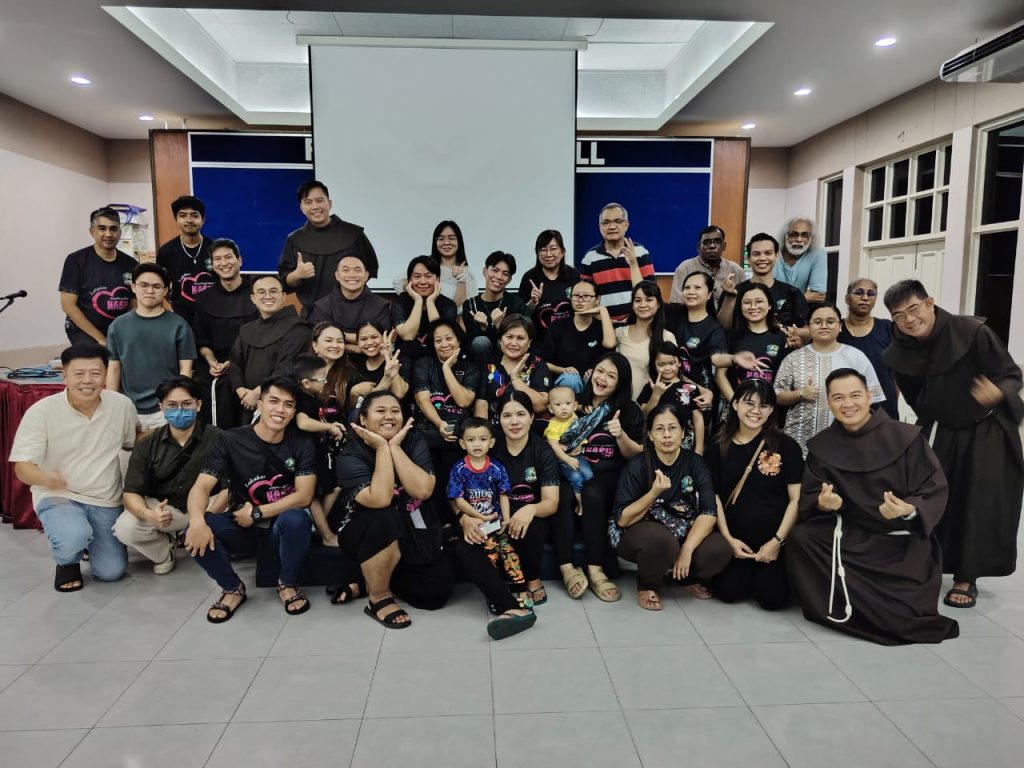
Composed between 1224 and 1226, the Canticle of the Creatures is one of the earliest known works of Italian literature and a profound expression of St Francis of Assisi’s spiritual legacy. Written in the final years of his life — marked by illness, near-blindness, and physical suffering — the Canticle reveals Francis’ deep sense of unity with creation. In it, he praises God through the elements of nature, addressing the sun, moon, wind, water, fire, and earth as “Brother” and “Sister.” Rooted in Psalm 148, which calls all creation to praise God, the Canticle goes a step further by affirming the divine presence not just in the heavens, but in dust, flame, suffering, and even death.
Born in 1181, St Francis’ life offers vital context for understanding the Canticle’s origins. During a retreat at La Verna in 1224, he received the Stigmata — a mystical sign of his deep union with Christ. Over the next year, his health declined, particularly his eyesight. Nearly blind and in constant pain, he composed the Canticle of the Creatures at San Damiano. This poetic prayer stands as a testament to Francis’ enduring joy and spiritual clarity amid physical darkness. As his condition worsened, he dictated his final will and passed away at the Portiuncula on October 3, 1226.
Though composed eight centuries ago, the Canticle continues to speak to our times. It reflects a range of scriptural themes: celestial bodies (sun, moon, stars), the natural elements (wind, water, fire, earth), creation as a whole, peacemakers and the suffering, and finally, “Sister Death” — welcomed without fear by those who live in God’s will. The Canticle is not just a song of praise but a radical call to live with gratitude, simplicity, and reverence for all life.
During his sessions, Friar Marvin highlighted the Canticle’s enduring relevance in light of today’s ecological and social crises. Its themes are echoed powerfully in Laudato Si’, Pope Francis’ encyclical on integral ecology, which draws deeply from Franciscan spirituality.
He invited participants to reflect on three key messages from the Canticle:
Universal Fraternity: By addressing elements of nature as family, St Francis reminds us of our interconnectedness with all creation. This reflects the call in Laudato Si’ to hear both “the cry of the Earth and the cry of the poor.”
Seeing God Amid Suffering: Composed during a time of illness and decline, the Canticle shows that gratitude can flourish even in pain. It invites us to find beauty and hope in times of hardship and to stand in solidarity with those who suffer.
Contemplation Leading to Action: Later additions to the Canticle, especially the verses on peace, affirm that spiritual insight must lead to action — through justice, reconciliation, and care for creation.
As we reflect on the Canticle of the Creatures, especially when singing the beloved hymn Canticle of the Sun, we are reminded that it is more than a song — it is a way of life. A way that calls us to see the divine in every part of creation and to respond with compassion, humility, and joy.
We extend our heartfelt thanks to Friar Marvin Voo, OFM, for guiding the parish community through this reflection. His insights brought new light to St Francis’ vision — one that continues to call us to holiness through harmony with creation and trust in God’s loving design.
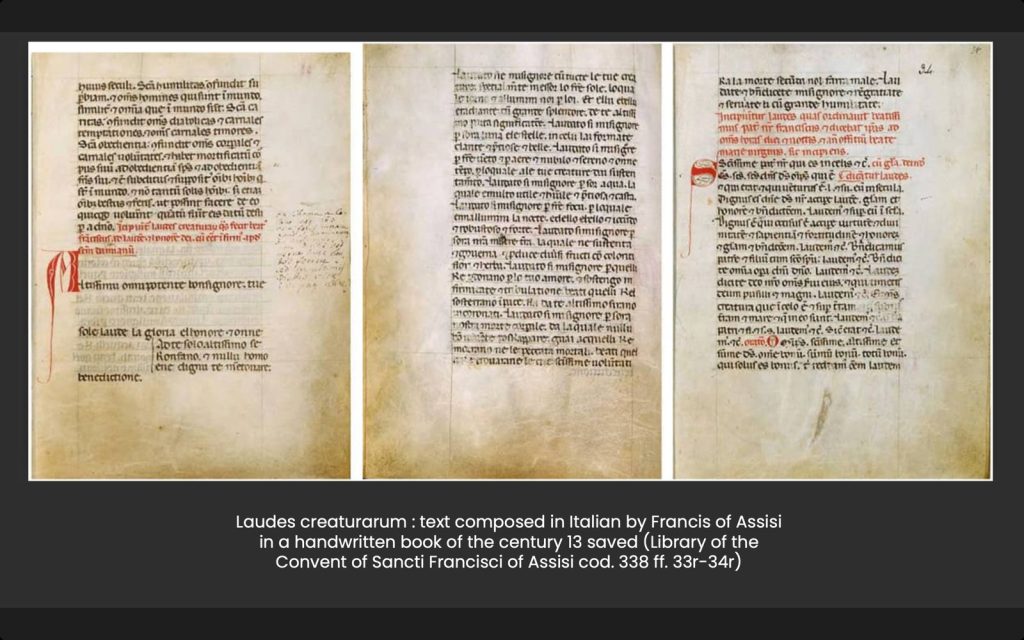
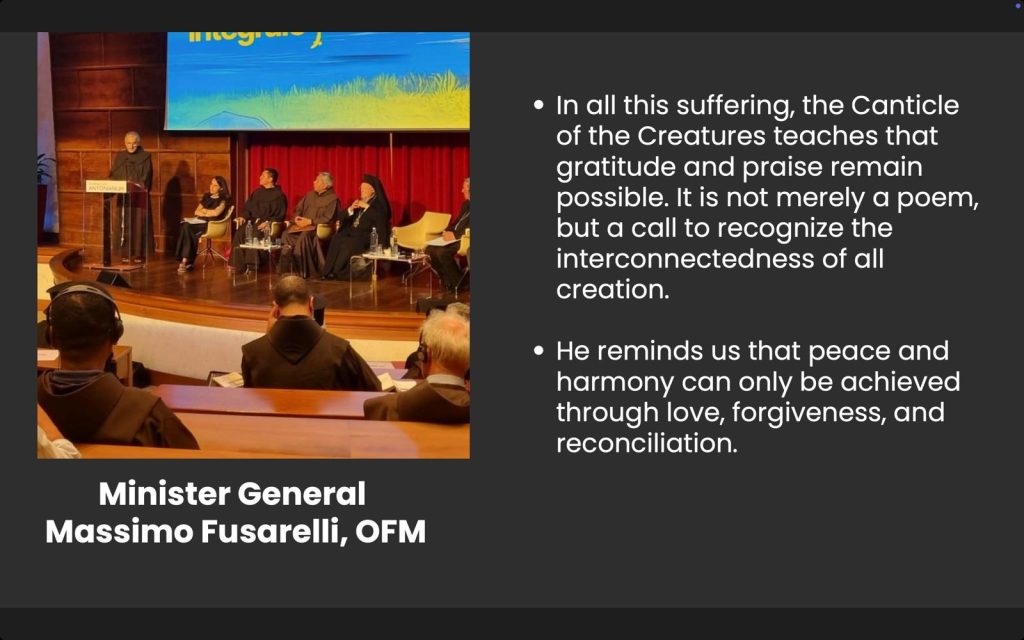

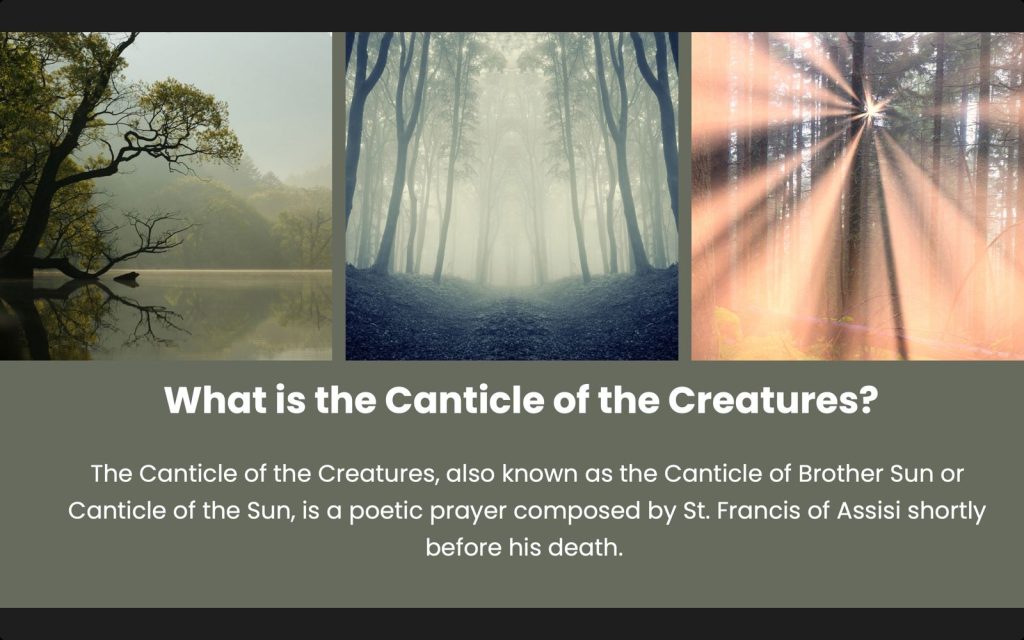
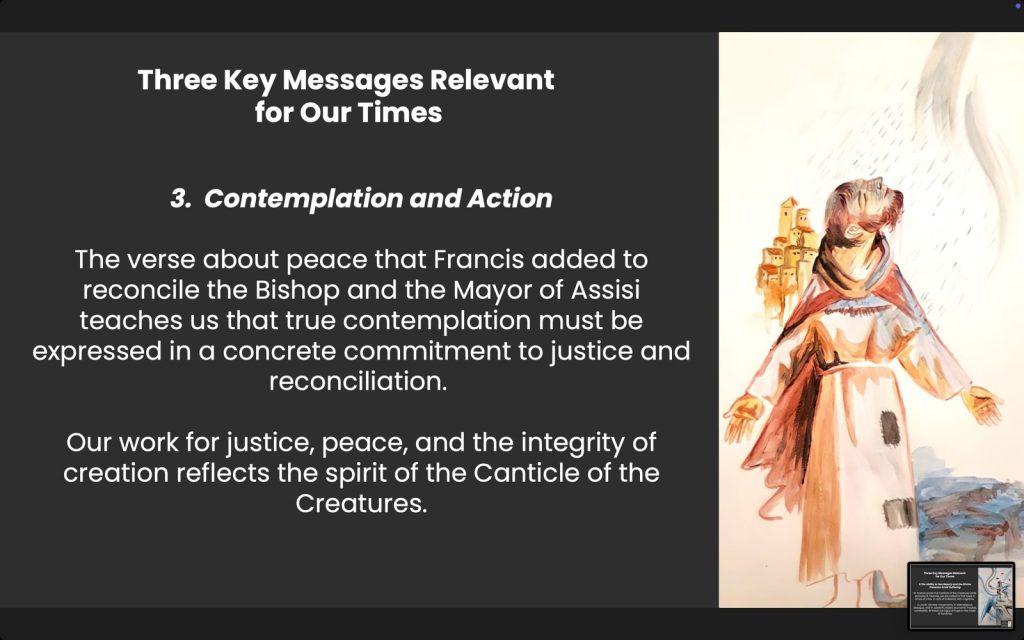
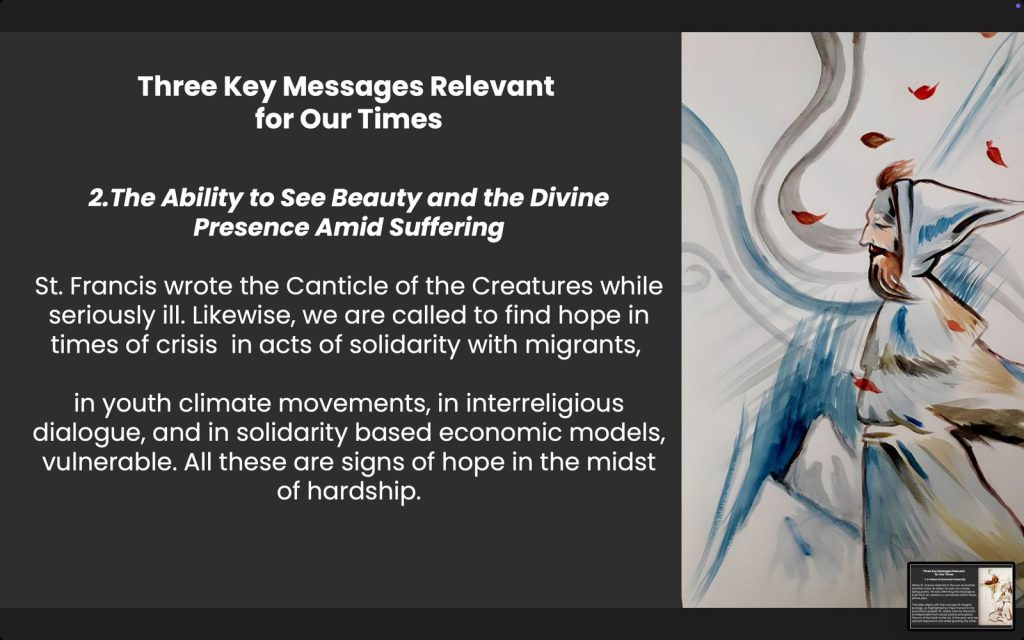
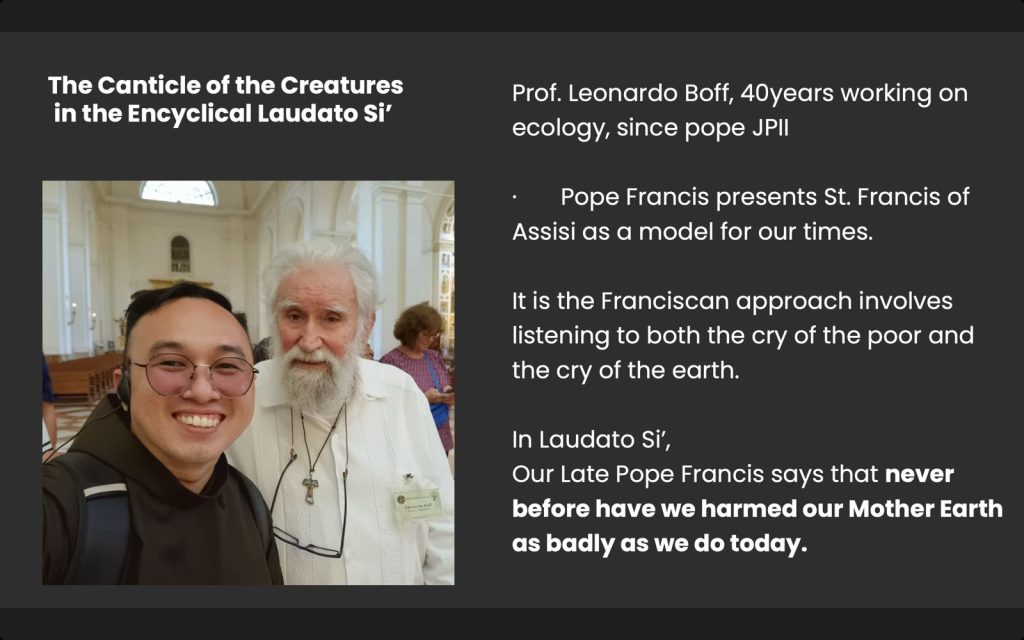
Source: Herald Malaysia


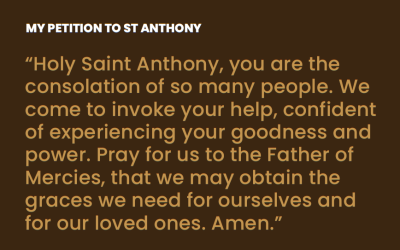
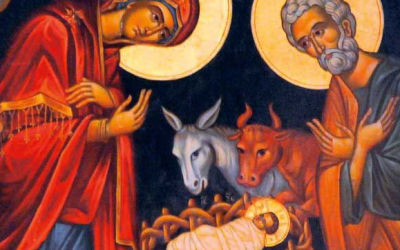
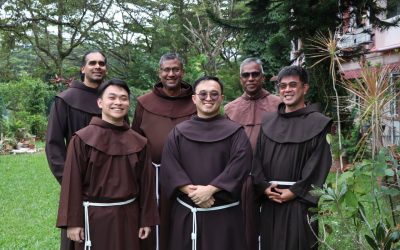
0 Comments